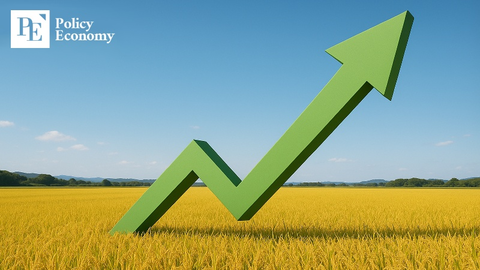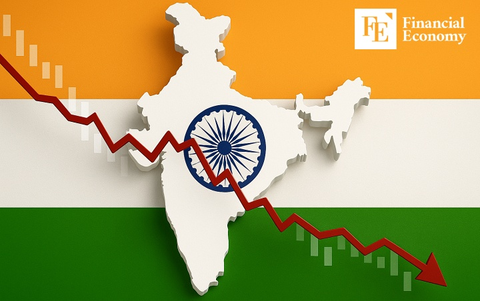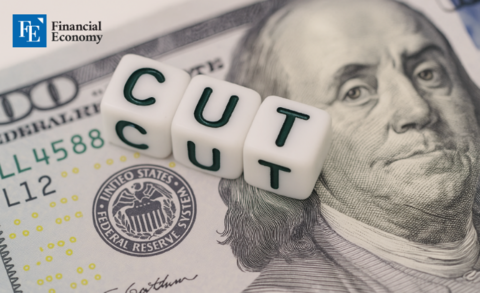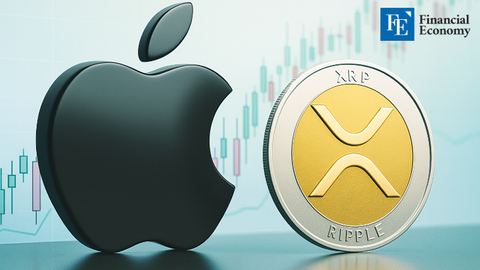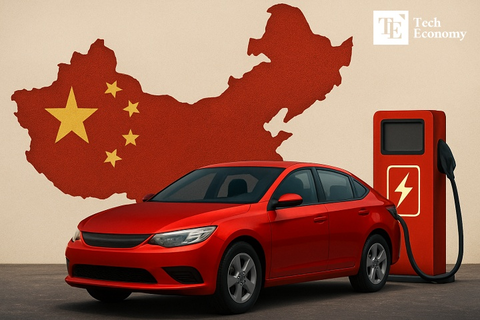Trump Announces 50% Tariff Bomb on Steel, Hardline Stance Against China Becomes More Overt
Input
Changed
“Steel Tariff Hike Announced After Accusing China of Breaching Agreement” “25% Tariff System Had Loopholes; Hike Will Prevent Evasion” “Approval of Nippon Steel–U.S. Steel Merger Sends a Political Signal”

In a fiery return to protectionist trade policy, U.S. President Donald Trump has unveiled a dramatic escalation in tariffs on foreign steel and aluminum imports, doubling existing rates to 50%. The announcement, made during a speech at a U.S. Steel plant in Pittsburgh, is widely viewed not just as an economic maneuver, but a politically charged message aimed squarely at China. While cloaked in rhetoric about safeguarding American industry, the move comes at a time of legal, geopolitical, and corporate developments that reveal a deeper strategy at play. It signals Trump’s renewed commitment to his “America First” agenda and a more aggressive posture against foreign trade partners—especially Beijing.
Steel and Aluminum Tariffs Doubled in High-Stakes Announcement
On May 30, President Trump took to the stage at U.S. Steel’s facility in Pittsburgh and declared that tariffs on imported steel and aluminum would rise from 25% to 50%, effective June 4. The existing 25% duties had been in place since March 2024 under Section 232 of the Trade Expansion Act, which allows tariffs on imports deemed a threat to national security. However, Trump argued that these measures had loopholes that foreign producers—especially China—continued to exploit.
“Increasing the tariffs will shut down those loopholes,” Trump said. “This will protect American steel more safely than ever before, and no one will be able to get around it.”
Though his speech focused on steel, he later took to his Truth Social account to announce that aluminum tariffs would also be doubled. “It is a great honor to raise tariffs on steel and aluminum from 25% to 50%,” he wrote. “This takes effect on Wednesday, June 4.”
The escalation reflects Trump's frustration with ongoing foreign imports despite the 25% barrier and the stagnation of tariff negotiations with other countries. U.S. trade officials have cited continued inflows of foreign steel as evidence that the original policy lacked sufficient deterrent force. The new 50% rate is designed to close off indirect trade routes and send a strong signal to countries attempting to circumvent tariffs by rerouting exports through third countries.
Nippon Steel Deal Sets the Stage
Trump’s tariff announcement also coincides with the pending acquisition of U.S. Steel by Japan’s Nippon Steel Corporation—a deal that had initially faced resistance from Trump himself. Just a week prior, on May 23, Trump reversed his opposition to the acquisition, which he had once blocked over national security concerns. Analysts now believe the tariff hike was partly a political maneuver to position the acquisition as a victory for American workers rather than a foreign takeover.
Trump’s visit to the U.S. Steel plant was strategic. As he stood before workers in Pittsburgh, he tied the acquisition to his tariff policy, declaring: “I think the people who just made this investment [Nippon Steel] are going to be very happy—because now, no one can take your industry away from you.”
U.S. Steel had already disclosed in April filings to the U.S. Securities and Exchange Commission (SEC) that it would become a wholly owned subsidiary of Nippon Steel’s North American arm but would continue to operate as an independent company. Trump’s change of heart came just one day before the Committee on Foreign Investment in the United States (CFIUS) was scheduled to review national security implications of the deal. In a surprise move, the two companies announced a formal partnership, and the deal appears poised to move forward.
For Nippon Steel, the acquisition offers more than symbolic value—it delivers immediate production capacity within the U.S. market. This would allow the Japanese firm to sidestep tariff burdens, reduce shipping times, and gain a stronger foothold in American supply chains. For Trump, the optics are powerful: he can claim to have both approved foreign investment and strengthened protection for American steelworkers, all in one stroke.
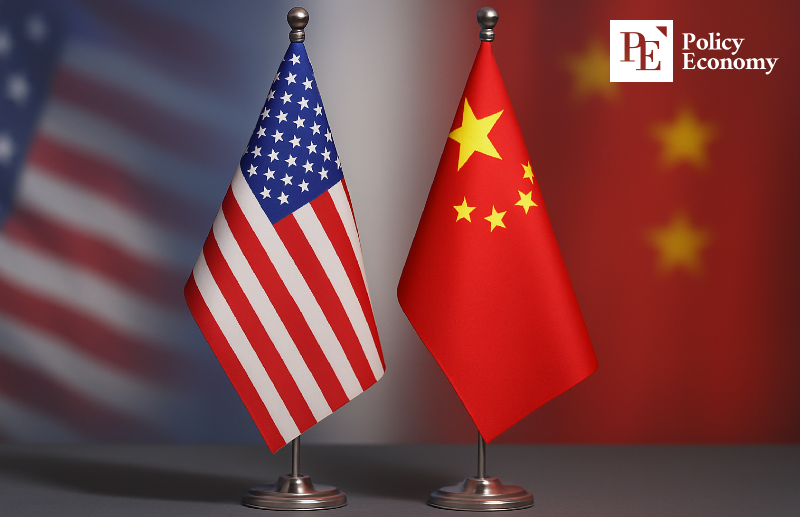
Escalation Against China Amid Legal Setback and Political Theater
While the tariff announcement appeared to target all foreign steel producers, many observers see it as a thinly veiled strike against China. Just two days earlier, on May 28, the U.S. Court of International Trade (CIT) had dealt a blow to Trump's tariff strategy by issuing an injunction against the enforcement of “reciprocal tariffs”—a key pillar of the administration’s trade leverage. The ruling complicated Trump’s plan to use matching tariffs as bargaining chips in ongoing trade negotiations with global partners, especially China.
In response, Trump seems to have pivoted toward item-specific pressure tools. Only hours before announcing the steel tariff hike, he posted a blistering attack on China via Truth Social, accusing Beijing of violating a recent tariff agreement. “China has completely violated the deal it made with us,” he wrote. “I helped them avoid economic collapse—and now they’ve broken their word. No more Mr. NICE GUY.”
The outburst came just weeks after a temporary truce in the U.S.-China trade war. On May 12, following high-level negotiations in Geneva, the two nations agreed to lower their respective tariffs—China’s to 10% and the U.S.’s to 30%—for a 90-day period. Trump’s sudden reversal of tone suggested impatience with what he viewed as China’s unwillingness to fully honor the agreement or engage meaningfully in follow-up talks.
Though Trump did not cite specific violations, market analysts believe the accusation was a pretext to justify renewed tariff escalation. China, which accounted for 54% of global steel production in 2022 according to the World Steel Association, remains a dominant player in the industry. Its steel, priced well below global averages, continues to flow into U.S. markets through both direct and indirect export routes—often via intermediary countries to bypass tariffs.
Trump has long portrayed Chinese steel as the central villain in America’s industrial decline. Calling it a “core cause of the collapse of American industry,” he has repeatedly targeted it as a symbol of unfair trade practices and economic imbalance. In this latest move, Trump is not just protecting domestic factories—he’s reinforcing his tough-on-China image in the lead-up to the midterm elections.
Steel is more than just an economic issue; it’s a political battleground. For China, it is a strategic export and a pillar of its supply chain dominance. For Trump, it is a symbol of American resilience and a convenient pressure point in the broader geopolitical contest. By doubling down on tariffs, Trump is setting the stage for a new round of trade confrontation—one where economic policy, legal maneuvers, and political calculation all converge.

